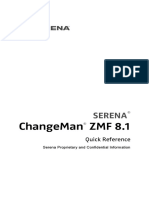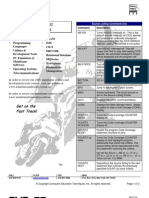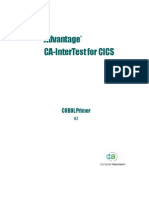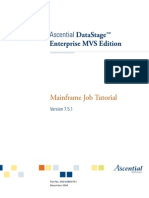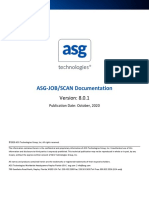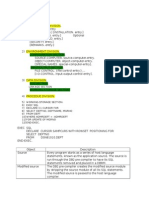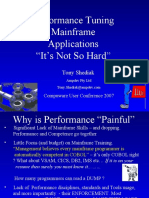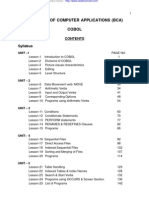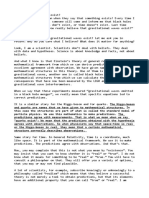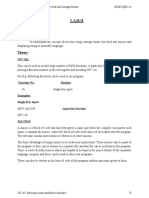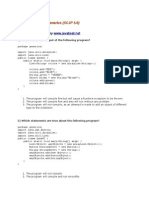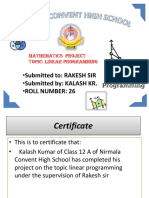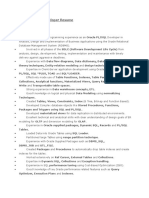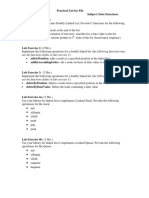0% found this document useful (0 votes)
111 views24 pagesCobol Tips
The document provides tips and tricks for COBOL programming, including checking solutions in Excel first, creating interactive input/output screens, using intrinsic functions, and processing sequential files using the balance line algorithm. It also discusses topics like the top of page problem, Micro Focus screen programming, and changes between COBOL 85 and COBOL 2000.
Uploaded by
PaoloRCopyright
© © All Rights Reserved
We take content rights seriously. If you suspect this is your content, claim it here.
Available Formats
Download as PDF, TXT or read online on Scribd
0% found this document useful (0 votes)
111 views24 pagesCobol Tips
The document provides tips and tricks for COBOL programming, including checking solutions in Excel first, creating interactive input/output screens, using intrinsic functions, and processing sequential files using the balance line algorithm. It also discusses topics like the top of page problem, Micro Focus screen programming, and changes between COBOL 85 and COBOL 2000.
Uploaded by
PaoloRCopyright
© © All Rights Reserved
We take content rights seriously. If you suspect this is your content, claim it here.
Available Formats
Download as PDF, TXT or read online on Scribd
/ 24






